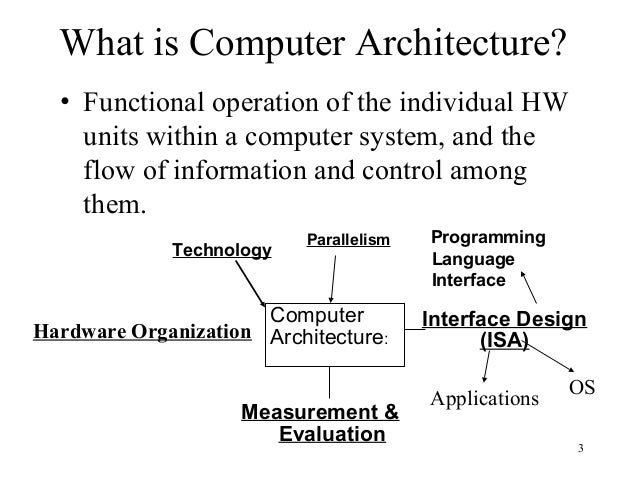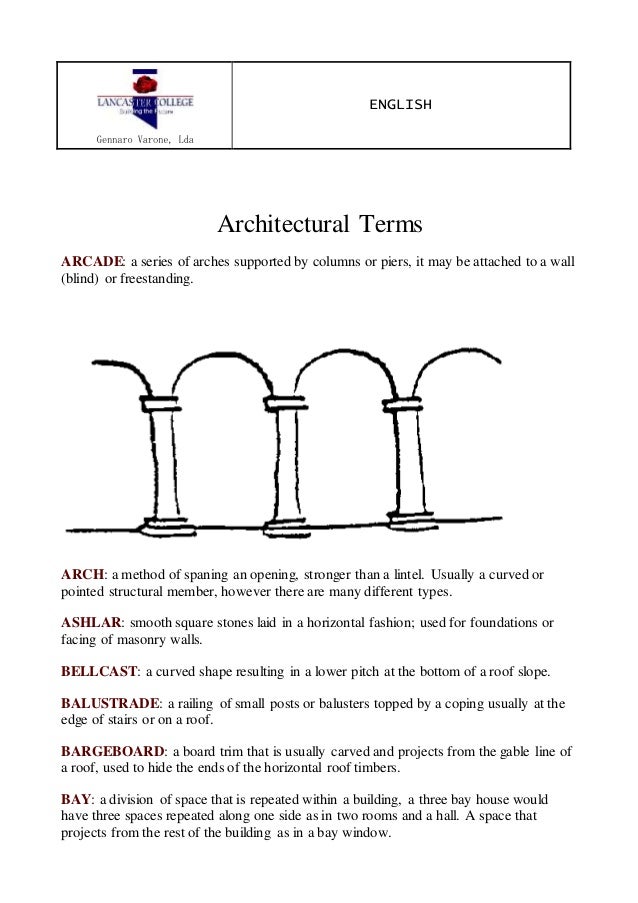
Architect definition for kids series#
Piloti: any of a series of columns supporting a building above an open ground level Shell: the exterior framework of a mass or form


Procession: moving along in an orderly often ceremonial way Truncated: having the apex, vertex, or end cut off by a plane or stopping short from a completed expression Massing: a unified composition of two-dimensional shapes or three-dimensional volumes, especially one that has weight, density, and bulkĭiagram: a drawing, not necessarily representational, that outlines, explains, or clarifies the arrangement and relations of the parts of a wholeįorm: the shape and structure of something as distinguished from its substance or material Parti: the basic scheme or concept for an architectural design, represented by a diagramĪrticulation: a method or manner of jointing that makes the united parts clear, distinct, and precise in relation to each other Tectonics: the science or art of shaping, ornamenting, or assembling materials in constructionĬlarity: the state or quality of being clearįenestration: the design, proportioning, and disposition (arrangement) of openings in a building Texture: the characteristic structure given to a surface or substance by the size, shape, arrangement, and proportions of the parts Symmetry: balanced proportions correspondence in size, shape, and relative position of parts on opposite sides of a dividing line or median plane or about a center or axisĬurvilinear: consisting of or bounded by curved lines : represented by a curved lineīiomimicry: is the examination of nature, its models, systems, processes, and elements to emulate or take inspiration from in order to solve human problems Homogeneous: uniform in structure throughout or composed of parts that are all of the same nature or kind Hierarchy: a system of elements ranked, classified and organized one above another, according to significance or importance. Tartan grid: a design of straight lines of varying widths and distances, crossing at right angles

Juxtaposition: the state or position of being placed close together or side-by-side, so as to permit comparison or contrast Here is the first round of words for you to memorize: This is a riff on the story ‘The Emperor’s New Clothes” and architects have been making use of this technique for decades. Once you have reached this point, the real secret is that you can start making up your own words and people will be forced to believe you. You will discover that people will stop listening to you and just accept that the words coming out of your mouth are awesome and righteous … the listener will not want to expose the fact that they don’t understand the word that you are using in such a common and cavalier manner. At this point, you should expect your commissions to increase – or if you are still in architecture school that your grades will improve. Once you have managed to work these words into your daily conversations without effort, you’ll be on your way to becoming a bona-fide architect. I have come up with a list of designer-y words that you need to master. These words by design will obfuscate the listener (by the way, I could have said ‘confuse’ instead of ‘obfuscate’ but that is precisely the point here).

Once you have decided that you do in fact wish to be an architect, you have to accept that there are words that you are simply going to have to learn. In fact, 62% of all the words that come out of an architects mouth could be replaced by a simpler and more widely known word. Architects tend to be overly specific and use words rarely uttered by regular human beings during normal conversations. If you want to be an architect, you have to speak in a certain way if you don’t, no one will take you very seriously.


 0 kommentar(er)
0 kommentar(er)
